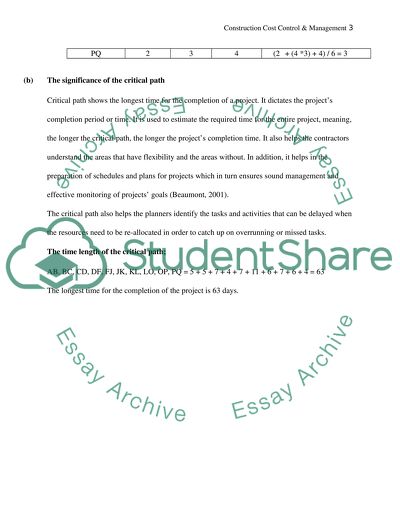Cite this document
(“Construction Cost Control & Management Coursework”, n.d.)
Retrieved from https://studentshare.org/engineering-and-construction/1395480-construction-cost-control-management
Retrieved from https://studentshare.org/engineering-and-construction/1395480-construction-cost-control-management
(Construction Cost Control & Management Coursework)
https://studentshare.org/engineering-and-construction/1395480-construction-cost-control-management.
https://studentshare.org/engineering-and-construction/1395480-construction-cost-control-management.
“Construction Cost Control & Management Coursework”, n.d. https://studentshare.org/engineering-and-construction/1395480-construction-cost-control-management.


